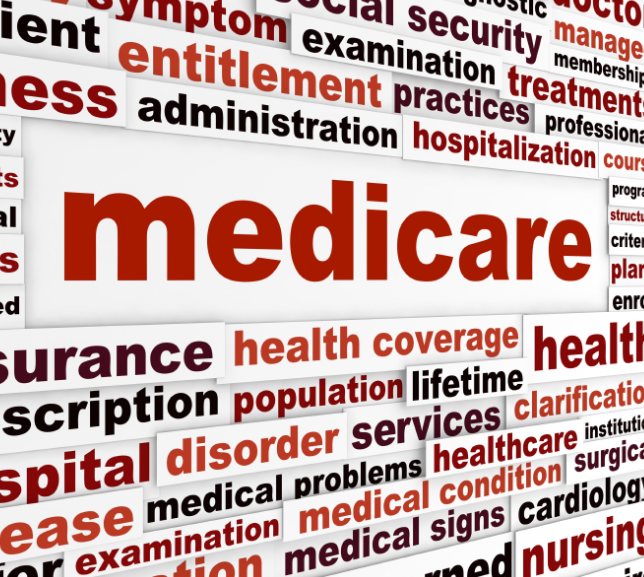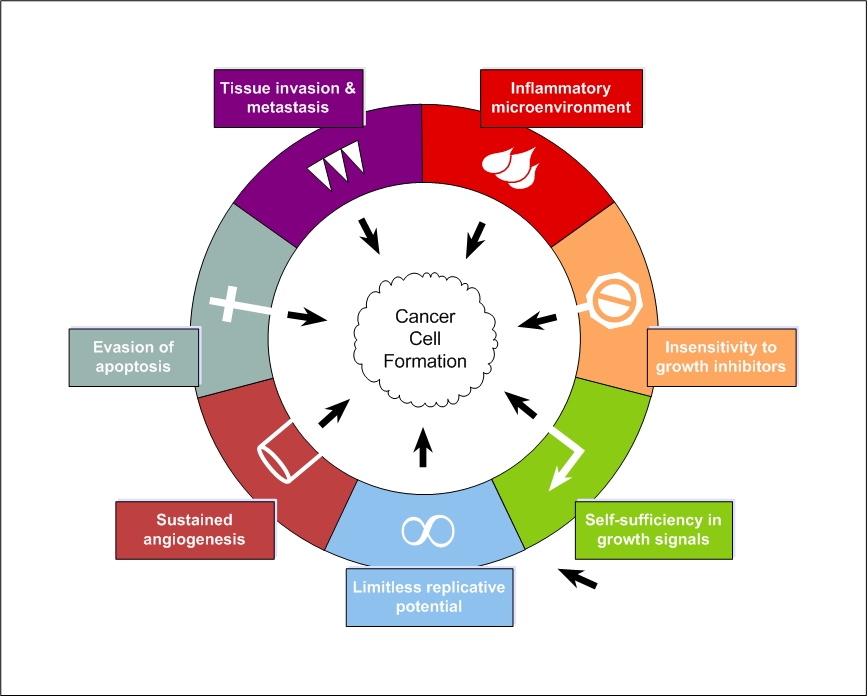Skin Cancer Prevention and the Effects of Sun Rays
Skin Cancer Prevention and the Effects of Sun Rays – Risk Factors for Skin Cancer
The biggest victim or culprit in causing skin problems is the excessive sun rays. Skin cancer is one of the most worrying skin health conditions to everyone. Therefore the experts’ advice that skin cancer prevention among many other health complications relating to the skin needs to be prevented by all means. It is always said that prevention is better than cure, meaning that we can do a lot more when we prevent such chronic conditions. It will not just keep our skin healthy, but it will also save us money, time and psychological problems. What actually goes in your mind at the mention of the disease cancer? I know that this is one of the most frustrating and traumatizing health condition one would not want to be associated with. It is because of its adverse effect on human life that doctor Dalal Akoury a medical professional of more than two decades of practice, founded AWAREmed Health and Wellness Resource Center to bring forth preventive solutions to everyone about skin care. Protecting your skin from the harms of the sun becomes the primary preventive measure anyone can take.
This is one point that when you visit this facility will be emphasized to you because it forms the basis of the problem. Therefore, the most important way of skin cancer prevention is to protect your skin from the harmful effects of the sun’s rays. This article’s objective is to give you tips on how you can protect your skin from the harmful effects of sunlight. And most importantly, it is very imperative to protect children from the sun. Remember that the skin of a child is more delicate and sensitive to sun damage than the skin of an adult. Proper care needs to be exercise at that tender age to avert any possibilities of contracting skin cancer in later when they become adults. This does not necessarily mean that you and your children won’t enjoy the warmth of the sun, no the sunlight has some benefits and so you can still enjoy sunshine and the outdoors. This article only aims to help you to do so in a manner that encourages skin cancer prevention.
Skin Cancer Prevention and the Effects of Sun Rays – Sun and Skin Damage
I have never seen anybody who doesn’t want to have a perfect skin complexion. Because this is a common denominator to all, doctor Akoury is explaining certain facts to put more emphasis on the effects of sun rays to the skin. Too much exposure to sunlight is harmful and can damage the skin. Some of this damage is short-term like sunburn. However, permitting your skin to burn consistently in such unfriendly weather can lead to future complications like skin cancer. The damage is often caused by the two main types of ultraviolet (UV) sunlight namely UVA and UVB.
- UVA rays penetrate deeper into the skin, damaging the skin dermis (the middle layer).
- The dermis contains the elastic tissues that keep the skin stretchy.
- UVA rays therefore have the effect of ageing the skin and causing wrinkles.
- UVB rays are absorbed by the epidermis (the top layer of skin). This causes sun tanning but also burning.
It is important to note that both UVA and UVB rays will intensify your risk of developing skin cancer. Receiving sunburnt is a pointing sign that you are putting yourself at risk of contracting skin cancer. Also remember that damaged skin cells also points out that you’re at greater risk of becoming abnormal and cancerous.
Skin Cancer Prevention and the Effects of Sun Rays: Melanin
Melanin is the colour pigment in our skins. When skin is exposed to sunlight, more melanin is produced to help protect the skin against the UV rays. This makes the skin darker what people refer to as a suntan. Although melanin stops your skin burning so easily, it does not prevent the harmful effects of UV rays.
Most skin cancers are caused by too much exposure to the sun. This includes:
- The non-melanoma type of skin cancer
- The melanoma type of skin cancer
Non melanoma skin cancers include basal cell carcinomas and squamous cell carcinomas. Sun damage can also cause other skin problems to develop. For example, it can cause premature skin ageing, such as wrinkles and loss of elasticity. It can also cause non-cancerous growths on the skin, such as solar keratosis
Skin Cancer Prevention and the Effects of Sun Rays – Who is at risk of skin cancer?
People of all ages should protect their skin, but it is even more vital to protect children. Although skin cancer is rare in children, the amount of sun exposure during childhood is thought to increase the risk of developing skin cancer in adult life. Children who have had episodes of sunburn are more likely to develop skin cancers in later life. The skin of children is more delicate and more prone to damage. Therefore, take extra care with children, and keep babies out of the sun completely.
If you have pale skin, red or fair hair, and freckles, you have the type of skin which burns most easily. This puts you at increased risk of sun-related skin damage and you should take extra care to protect your skin NEVER allow yourself to burn. If you have pale skin, you do not have as much protective melanin. Skin cancers, especially melanoma, are less common in non-white skin types. However, they can still occur, and sun protection is still important.
Other factors which can put you at more risk of developing skin cancer are:
- Having lots of moles.
- Having a history of a skin cancer of any type.
- Someone in your family having a history of skin cancer.
- Having albino skin. This is very white skin which has no melanin at all.
- Having vitiligo. This is patches of very white skin with no melanin.
- Scars on your skin from burns or ulcers.
- A weakened immune system (being immunosuppressed.) This can be from an illness such as HIV or AIDS, or from certain medication which affects the immune system.
- A job which involves you being outdoors most of the time.
- Living in a hot country, particularly if you have naturally pale skin.
Skin Cancer Prevention and the Effects of Sun Rays – Risk Factors for Skin Cancer






 Did you know that Sweating Helps Your Skin
Did you know that Sweating Helps Your Skin






 Heroin on the Rise: Costs & Treatment
Heroin on the Rise: Costs & Treatment P-Shot and O-Shot: Energizing Sexual Function
P-Shot and O-Shot: Energizing Sexual Function Nicotine and Neurochemicals
Nicotine and Neurochemicals Understanding Ebola and Ozone
Understanding Ebola and Ozone

 Motivational Interview and Addiction Treatmant
Motivational Interview and Addiction Treatmant







 Ozone Therapy in a Cancer Management Protocol
Ozone Therapy in a Cancer Management Protocol


 Aromatherapy refers to the use of
Aromatherapy refers to the use of 



